Senses, Interiors, Orgies
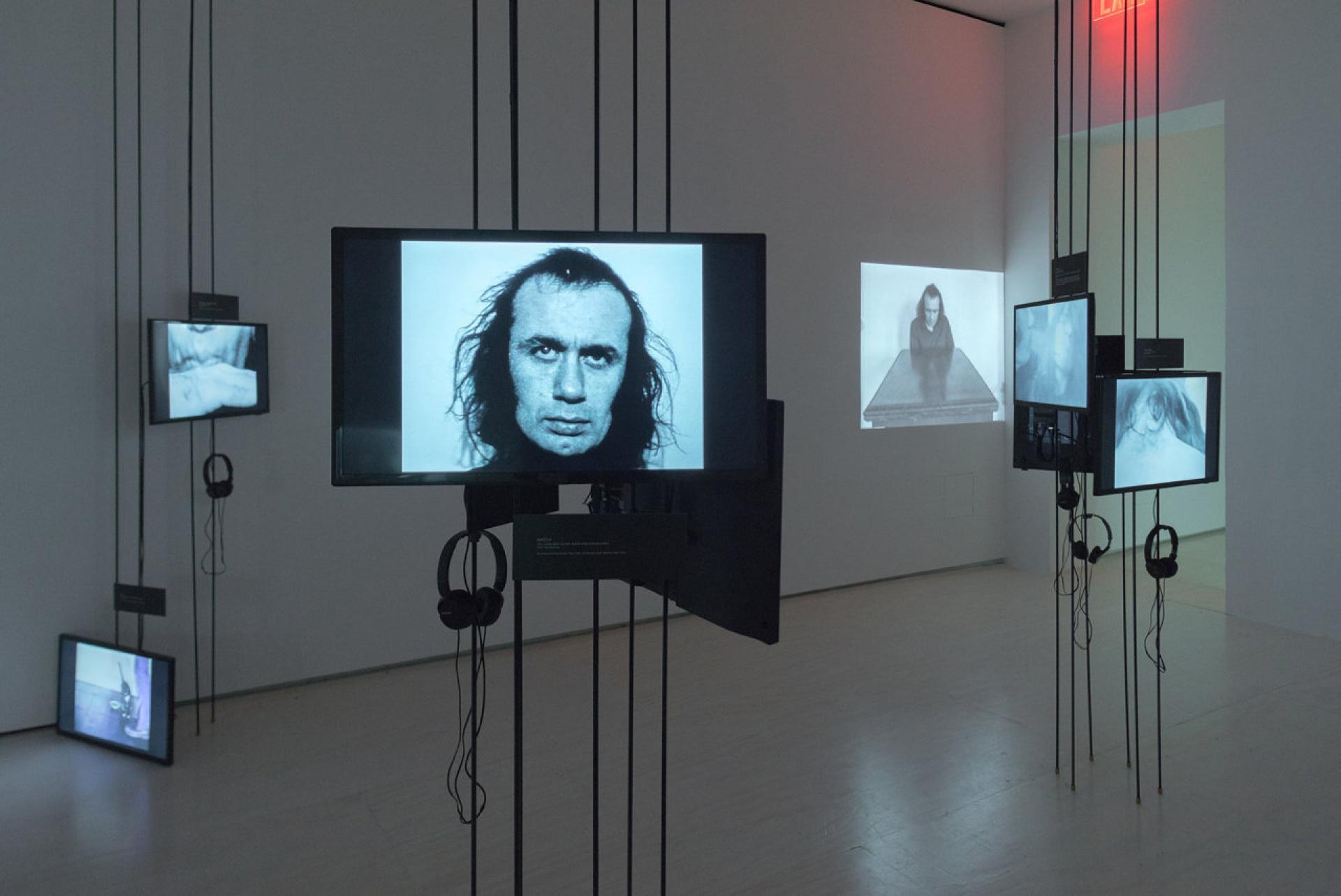
Acconci’s confessional pieces, a series of packed interiors. | Photo via NY Times
The orgy, one of the more “communal” public acts, is reliant on a sense of public derived from shared experience: hearing the same moans, groping the same flesh, smelling the same sex. The headphones-wearing orgy goer of Vito Acconci’s poem, therefore is robbed of the commonality of those experiences - instead of sensorial immersion within the pulsating resonance of the room(s), a Walkman creates an interior, a private experience isolated from the room. The Walkman turns an orgy into masturbation.
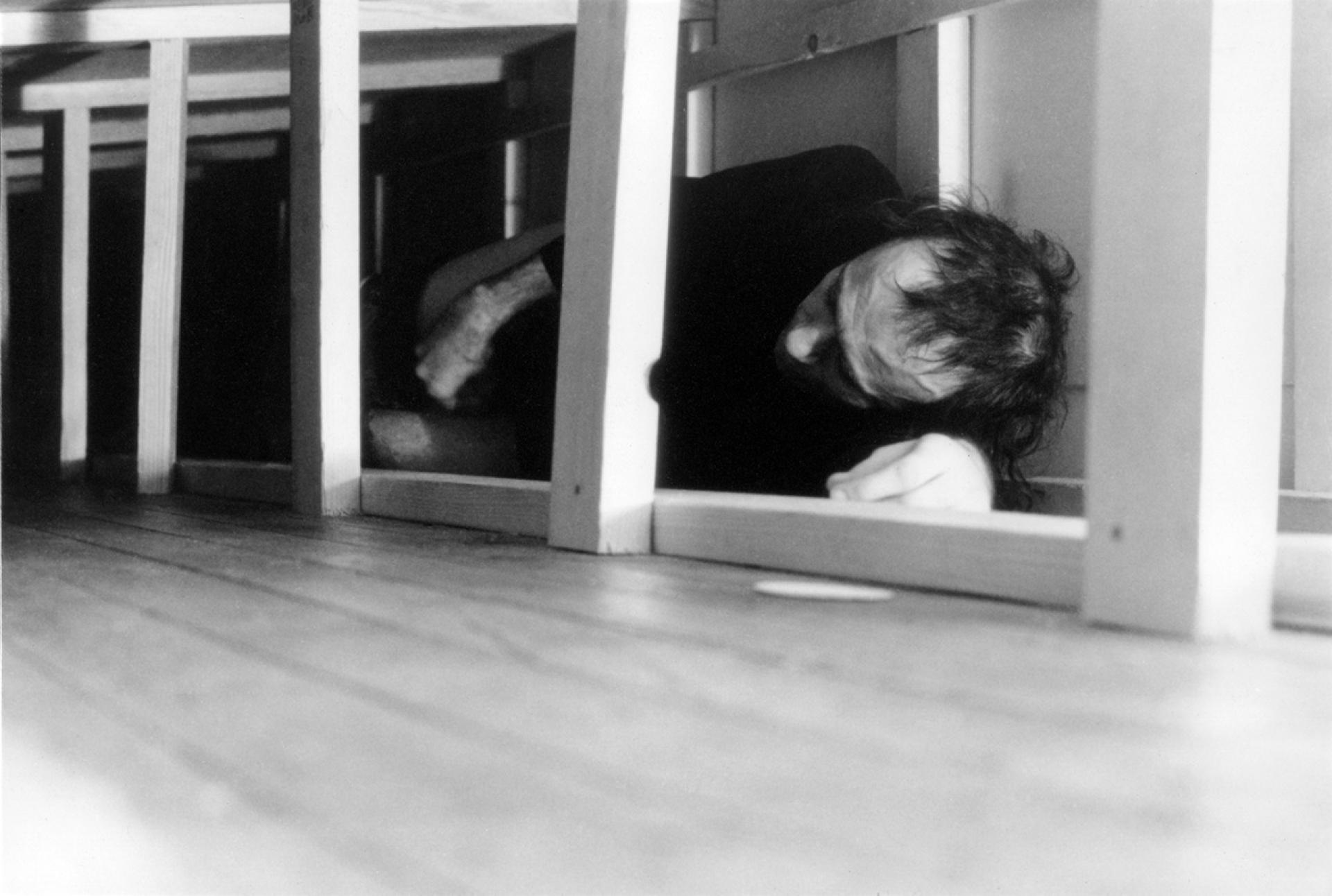
Acconci bringing the orgy to the gallery, masturbating under gallery floors in his controversial piece, Seedbed. Likely his most famous piece, the shock value belies the sonic interior he creates. | Photo by Ealan Wingate and Bernadette Mayer
Never a stranger to masturbation, Vito Acconci, the performance artist, poet, and architect who passed 27 April 2017, pulled the Walkman from the public’s ear. Whether touching, following, whispering, jerking, deviating, confessing, spanking, writing, slapping, reciting, punning, or closing, Acconci, himself, was an actor-in-space that pushed envelopes in culture and architecture. Architecturally, the envelope describes the outer layer of air conditioning, the boundary defining exterior and interior. Instead, Acconci embraced Deleuze and Guittari’s expanded conception of envelope and operated through physical, sensory, and social conditions.

Prototypes for Sound Stations are not enclosed, but sonically isolated, Acconci offering a new conception of interiority, 2004. | Photo via Acconci Studio
In this sense, envelopes are containers for spheres: social spheres, climate spheres, sonic spheres, sensory spheres. Contemporary architecture, informed by efficiency and sustainability engineering, treats envelope as a sealed bubble, a solid line in an architecture drawing, delineating a definite threshold between inside and out, controlled atmosphere and dynamic atmosphere. Acconci harnessed both the grotesque and beautiful faces of Dionysus to push the edges of envelope, elaborating different ways in which people experience interiors and sensory spheres.

Acconci’s confessional films portray his face larger than life and soft whispers. The viewer joins an interior with the work through Acconci, 1960s. | Photo via Acconci Studio
Vito most famously accosted the sensory spheres of intimacy in a series of confessional films where he would share intimate ad hoc personal details. His face was positioned directly in front of the camera in an informal confessional arrangement, while his face was rendered his face larger than life on the viewer’s screen, manipulating scale to create a sort of interior containing the work and the viewer. This intimacy aimed at strangers not only inspires the obvious discomfort for the gallery-goer but exemplifies the way in which sound, scale, and vision form interiors, in this case intimate ones.

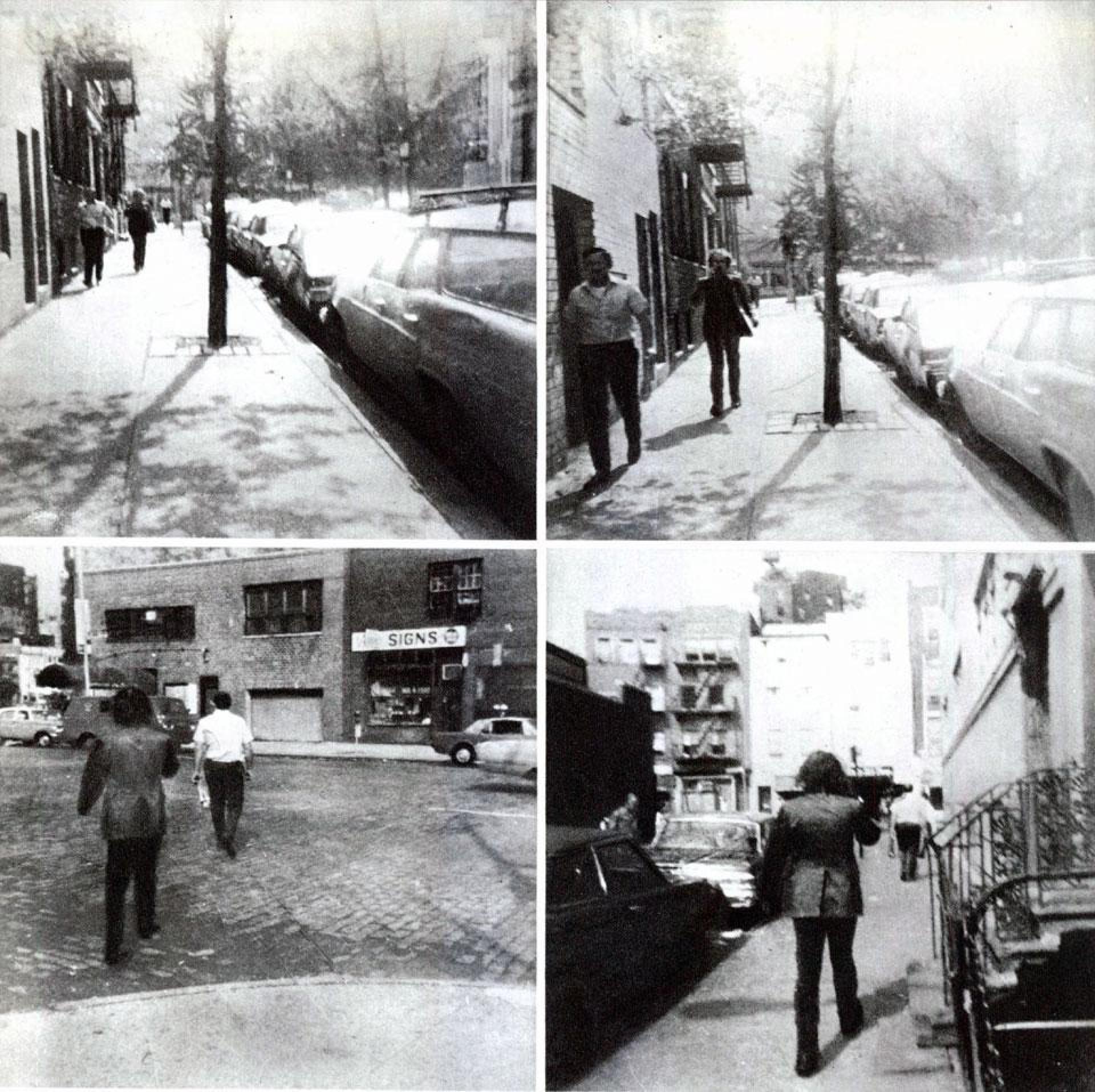
Acconci following an unsuspecting New Yorker, until he can’t, in Following Piece, 1969. | Photo via Artnet
Similarly, 1969’s Following Piece delighted in the limits of the public sphere by following random New Yorkers for blocks until they crossed a legal threshold he was not allowed to enter. Beyond expanding and contracting the inner interiors defined by intimate relations, Acconci also exposed the legal system as a contributor to interiority and ownership of space. Unsatisfied with the legal and accepted limits of intimacy, he manipulated the scale of social spheres to form his own worlds, new envelopes to the public. Vito brought the orgy to the people.
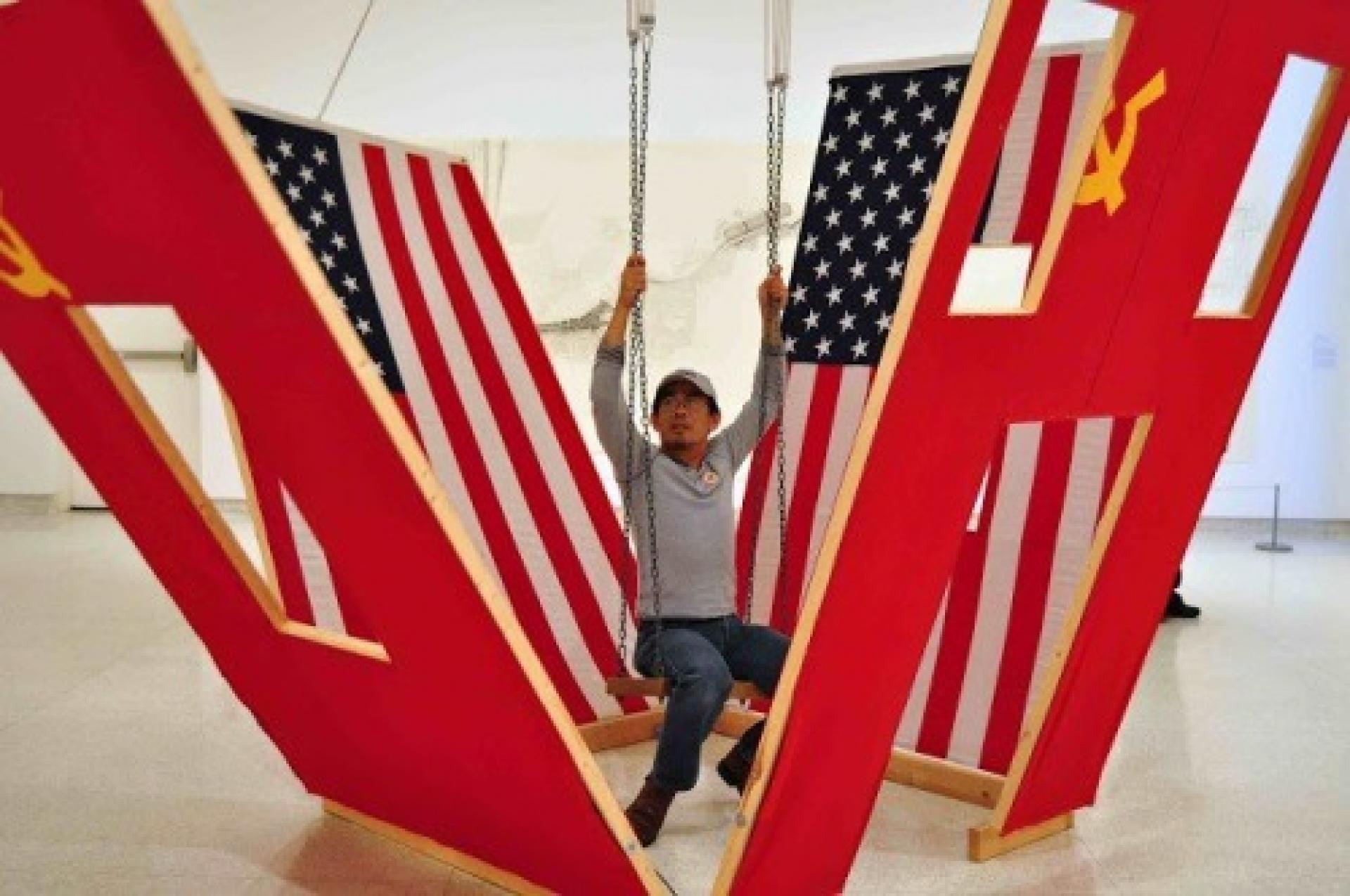
At the height of the Cold War, Instant House (1980) required movement for comprehension, as it assembles dissolves multi-dimensional interiority. | Photo via Acconci Studio
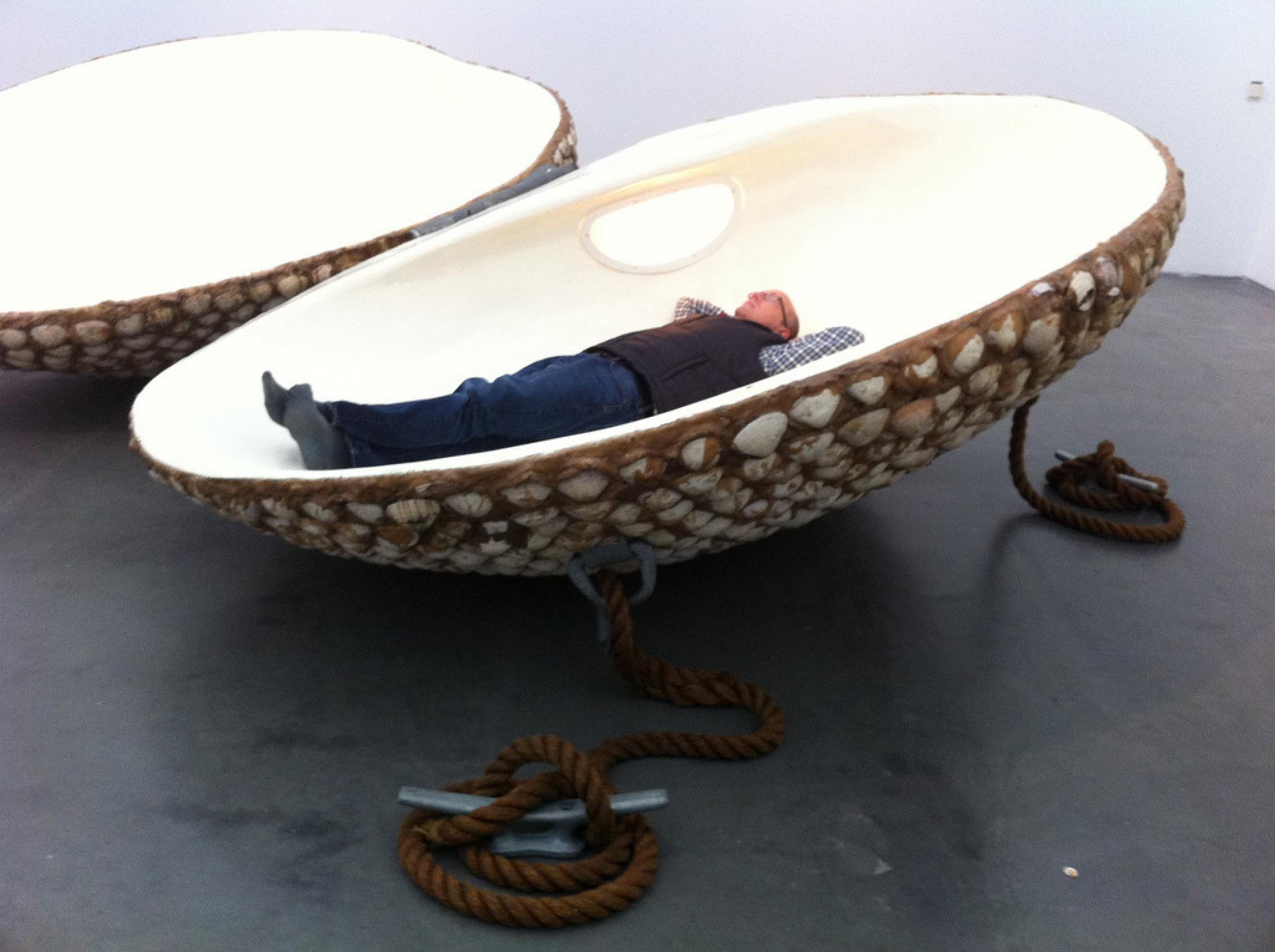
Convertible Clam Shelter (1990) operated architecturally. The bodily pun is best understood when sitting inside the bra. | Photo via Acconci Studio
Acconci’s work still explored edges through movement as he transitioned from performance to sculpture. Most famous of this period, Instant House initially appears as postmodern punnery: four panels lay flat on the floor, each side painted with an American flag. By sitting on a swing in the middle of the piece, the panels are pulled up by a rope and pulley system, forming a house-shaped interior of flag-immersion, but also revealing that the house’s exterior is painted in Soviet flags. The joke is only comprehensible as an active viewer, moving between inside and out or the movement of the panels, themselves. Here, envelope is not understood as a social condition, but as a mode of behavior: the body through movement and mechanical flow reveals the dual interiority of the envelope.

At Storefront (1993), panels can be rotated to articulate an intimate interior venue or open to the New York street and its cacophony. | Photo via Paul Warchol
Acconci’s interest in kinetics and flows finally begat actualized works of architecture later in life. The Storefront for Art and Architecture is the best-known of these works, where collaboration with Steven Holl produced a series of rotating, kinetic punctures where the small retail space becomes an intimate sphere or is opened up to the sphere of the surrounding city.

Mur Island swooping and undefined cafe. | Photo via Acconci Studio, 2003
The energy from his work with Holl eventually begat “Acconci Studio.” With architects in hand, Acconci began using digital tools to design his envelope plays. Most famous, Island on the Muir, is a bridge that houses a cafe presenting as a warping surface, resulting in a cafe where the visitor is never entirely enclosed in an airtight envelope, nor entirely outside, either. Here, the envelope is not treated in engineering terms, altered not to hold atmospheric conditions in, but to define the slow flow of the bridge into the cafe’s programmatic elements, like seating and back-of-house. Acconci pulled and prodded the limits of architectural envelope-as-surface, using scale, form, and digital tools to undermine expectations. Due to the fluid and indefinite relationship between interior and exterior, the only way to know that one is in the cafe is to sense the cafe, to smell the espresso, to overhear shouted orders. The drawn solid lines of the envelope are meaningless as border.
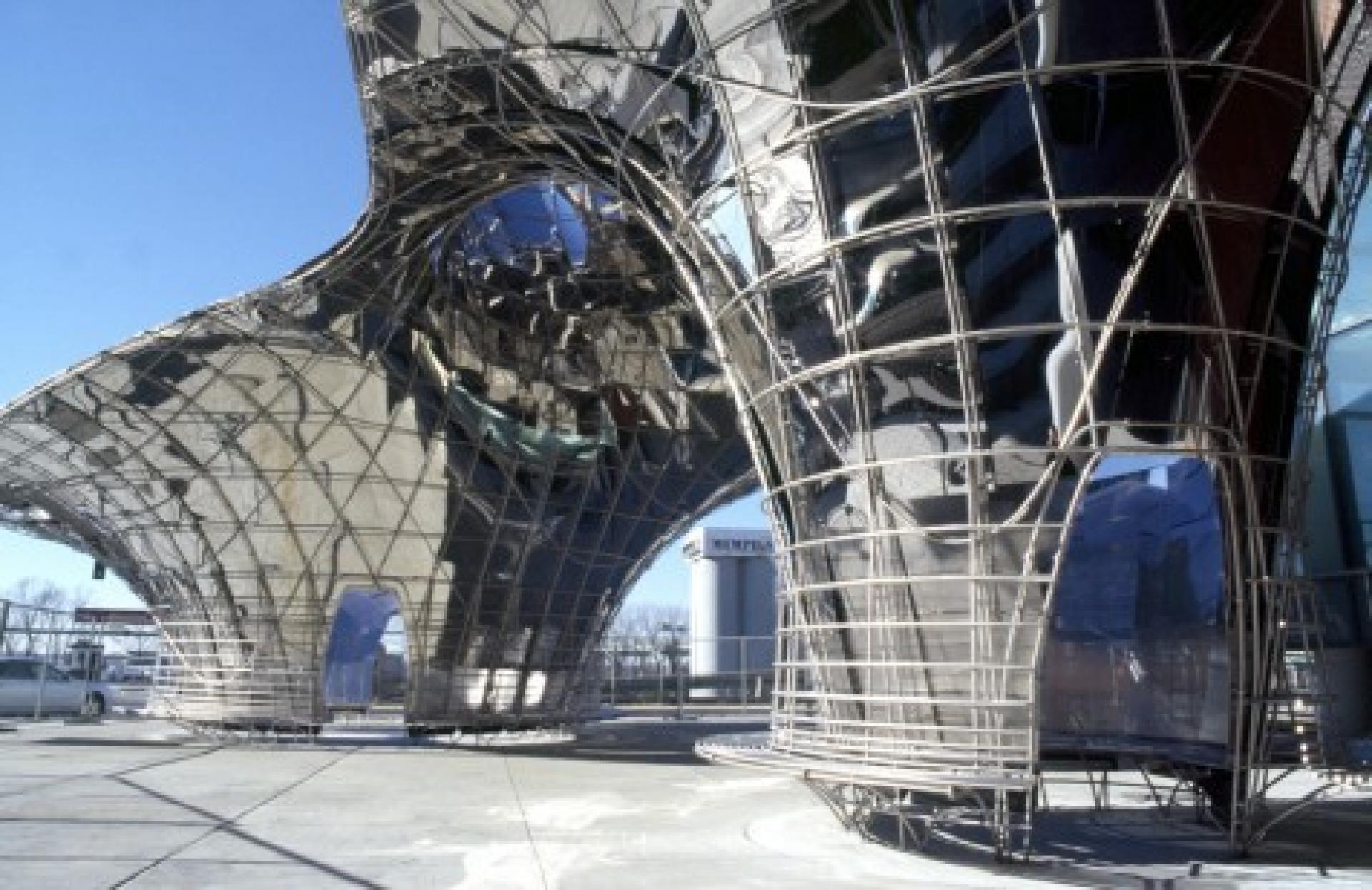
Performance space in Roof Like a Liquid Flung Over the Plaza, showing a performance nook, not an enclosure, but a moment of intensity. | Photo via Acconci Studio, 2004
Roof like a Liquid Flung Over the Plaza looks typical of many parametric works, using an undulating glass curtain that extends from a ceiling into small silos at ground level. The parasitic relationship of the work to the building uses a fluid-like surface not to isolate a place, but to imply moments of concentration by framing several spots on the plaza. These spheres of performance are not only delineated through the visual clues of the surface touching the ground, but the dramatically different sonic environment, where isolated cubbies are separated from the loud, discursive noise of urban Memphis.
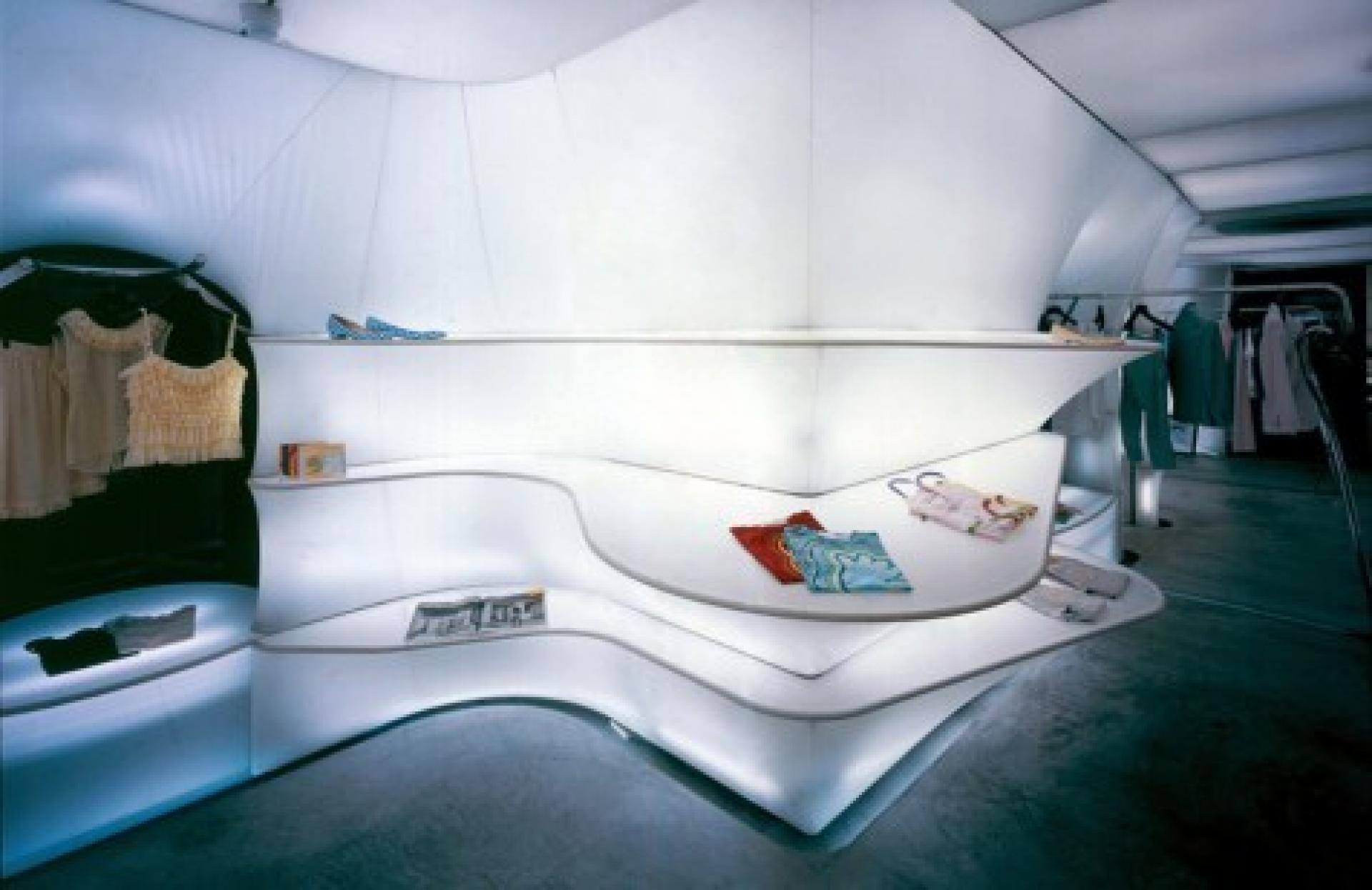
United Bamboo Store in Tokyo (2003), wrapped an old building in new clothes, treating the building as body, adding layers to the envelope. | Photo via Acconci Studio
Even though Vito engaged in architectural modes later in life (including teaching graduate design studios at Pratt Institute), the spatial milieu of his practice provides new conceptions of envelope and interiority radically different from the predominant engineer-led standards. Acconci’s bodily understanding, perhaps carnal knowledge, offers a broad range of sensory and social conditions to articulate different social and interior spheres, instead of perfect seals of air that are equivalent to the Walkmanned orgy goer, closed off from the dynamism of interiority’s tactility by settling for isolated comfort.
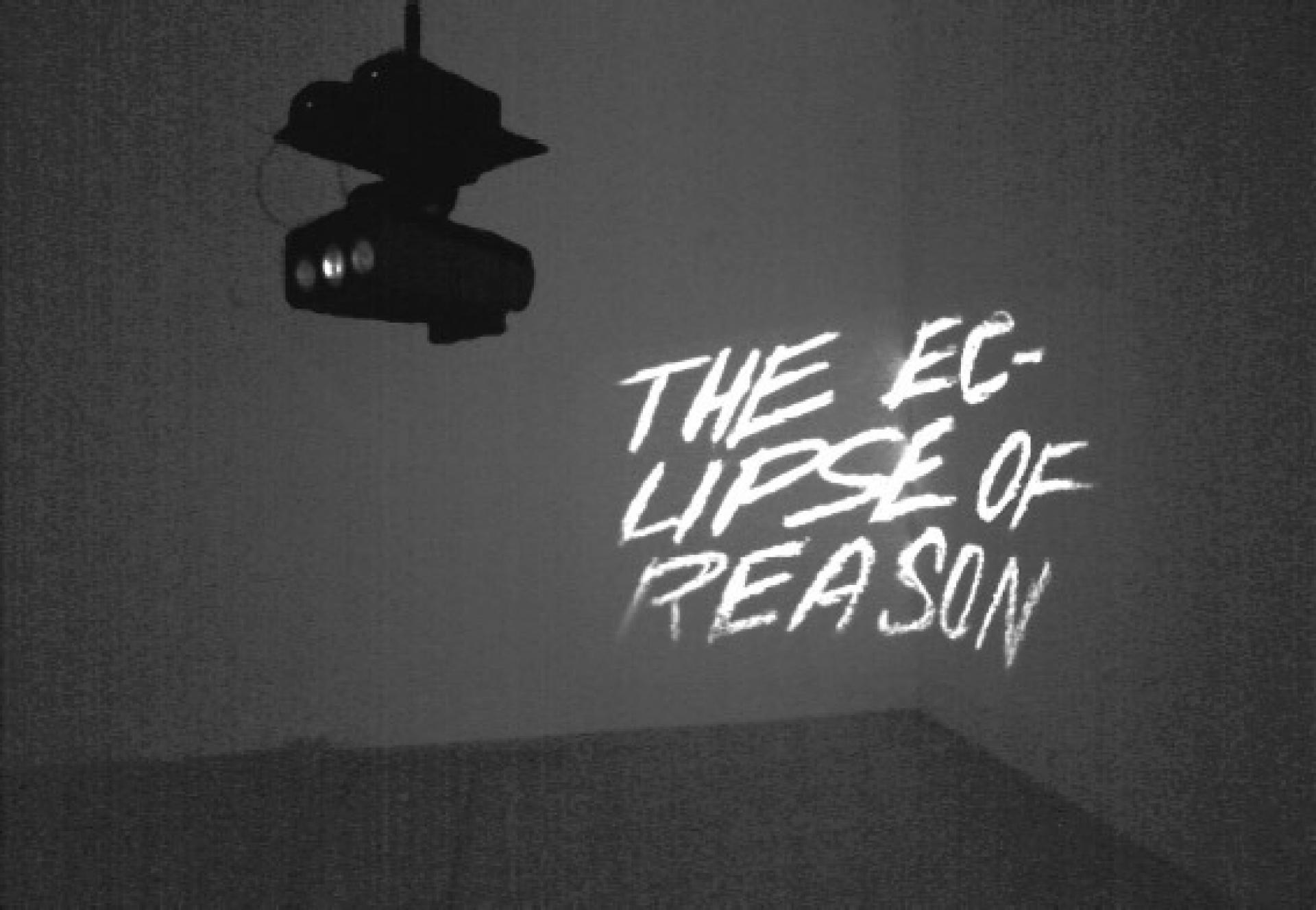
Difference can materialize through air conditioning, social cues, or kinetics, but is ultimately defined and processed through sensory understanding. Humans do not need to see a wall or a line on a drawing to comprehend differences between spaces — the ambiguity is comprehended through immersion and changes in sensory events. These thresholds were punctured, pushed, and prodded by Acconci through an occasionally grotesque and uncomfortable aesthetic, but his work can only be appreciated by being present instead of as an image. The only way to engage in the orgy is to be within it and open to its sensations. Closing off from those feelings isolates the Walkmanned to its own, headphone-tethered sphere.
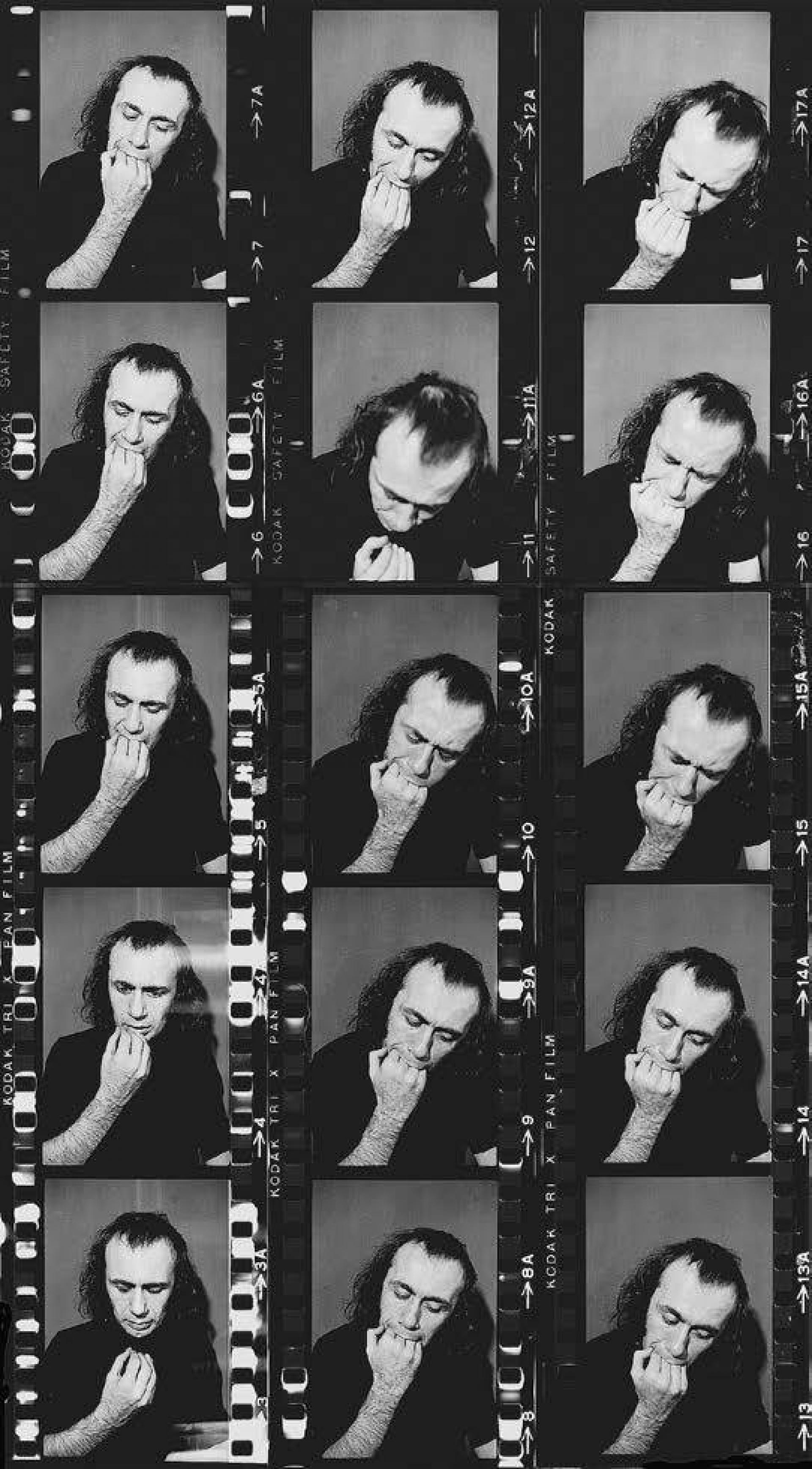
—
by Craig T. Sinclair